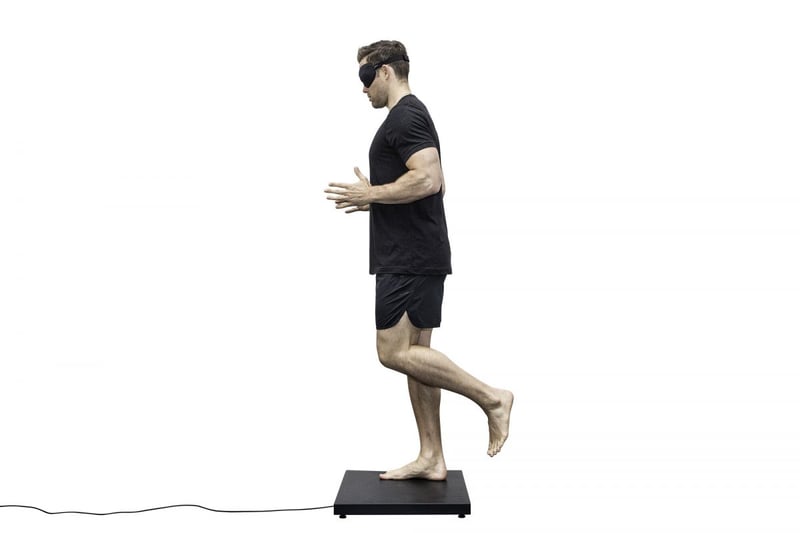
Last week we talked about the significance of our partners and the value they bring in helping us all have a deeper understanding of health and performance. Without our partners constantly pushing their respective populations/teams and collecting valuable data points we could not have the insight and predictive capabilities that we do. Like medicine, we need to rely on a larger community (aggregate database) in order to have more clarity and context, now.
At Sparta, as soon as we become aware of new insights we share the information with our partners. What we knew yesterday could be dated information tomorrow and that’s how we’ve always operated. To continue to provide value to our community we need to consistently be pushing the needle in health and performance and always be open to refine and change based on what we find.
We always theorize why specific changes in the data occur, but it’s not until we do more analysis that we can really know the “why?” For example, we have often seen changes in Load and Drive in individuals, specifically when fatigued. This has been seen in-house here at our headquarters, as well as with our partners.

What was just recently found – however consistent with previous research, is that Vertical Jump force-time variables representing altered movement strategy (LOAD/DRIVE) may be useful for assessing acute neuromuscular fatigue, though single-leg balance sway velocity may be an alternative when maximal tests are impractical. Just because an individual is fatigued does not mean that you can’t collect meaningful data. The perfect example of that is continuing to collect Balance scans when it is clear that heavy fatigue is present.
A study investigating neuromuscular fatigue and the Sparta assessments has recently been published in the Journal of Science and Medicine in Football. You can view the full article by clicking on the link, but we’ve also included some of our key takeaways below.
The Influence of Training Load on Postural Control and Countermovement Jump Responses in Rugby Union
Can we identify neuromuscular fatigue responses relevant to the magnitude of the training load based on a countermovement jump test, a landing test, and a single-leg balance test?
Eccentric Rate of Force Development from the Countermovement Jump (LOAD) showed MODERATE IMPAIRMENT post-training (ES ± 90%CL = −0.79 ± 0.29, MBI = almost certainly)
Jump Height from the Countermovement Jump showed MILD IMPAIRMENT post-training (ES ± 90%CL = −0.21 ± 0.16, MBI = possible)
Concentric Impulse from the Countermovement Jump (DRIVE) showed MILD IMPAIRMENT post-training (ES ± 90%CL = −0.35 ± 0.17, MBI = likely)
Sway Velocity from the Single Leg Balance (Balance Scan) showed MILD IMPAIRMENT post-training (ES ± 90%CL = 0.30 ± 0.26, MBI = possible)
Jordan C. Troester, Jason G. Jasmin & Rob Duffield (2019) The influence of training load on postural control and countermovement jump responses in rugby union, Science and Medicine in Football, 3:4, 320-325, DOI: 10.1080/24733938.2019.1598621